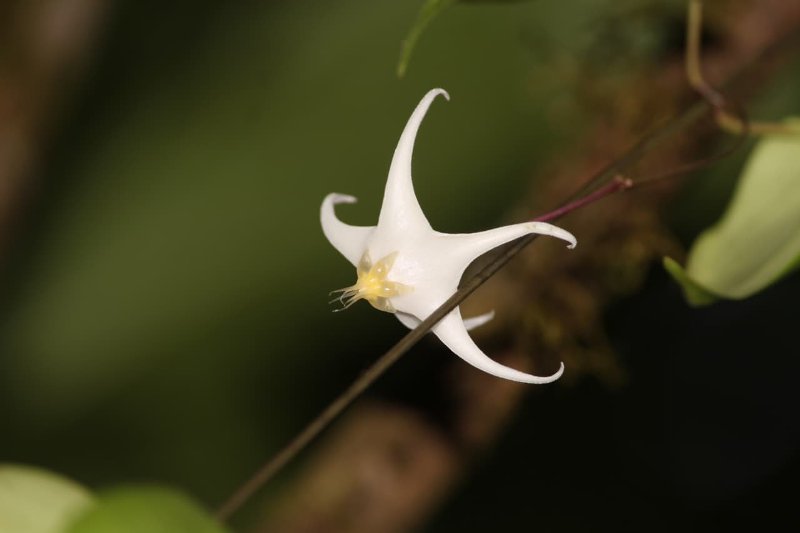Itanagar: Arunachal Pradesh has achieved a major scientific breakthrough with the discovery of a new plant species, Hoya dawodiensis, in the remote Vijoynagar region of Changlang district. The finding marks a significant addition to the state’s fast-expanding catalogue of rare flora.
In a social media post, Chief Minister Pema Khandu congratulated the entire research team on the remarkable botanical breakthrough.
“From Vijoynagar, Arunachal Pradesh, scientists have discovered a new species, Hoya dawodiensis, and recorded Hoya yingjiangensis for the first time in India, along with the first state record of Hoya nummularia,” Khandu said.
He congratulated the joint research team from the Society for Education & Environmental Development, the Botanical Survey of India and Botanic Research Singapore for their excellent collaborative work.
Researchers said Hoya dawodiensis is of particular importance because the Vijoynagar landscape — reachable only by air or days-long treks — remains one of the biologically richest yet least explored terrains in the state.
Alongside the new species, scientists have also recorded Hoya yingjiangensis for the first time in India, and Hoya nummularia for the first time in Arunachal Pradesh, expanding the country’s known floral diversity.
Hoyas are a large group of tropical flowering plants popular among global botanists.
These findings reaffirm the unmatched biodiversity of Arunachal Pradesh, the chief minister said.
“We are committed to supporting research that brings global attention to our natural heritage,” he added.
The chief minister also noted that documenting new species is crucial for long-term conservation. “Every discovery strengthens our understanding of these fragile ecosystems and highlights why they must be protected,” he stated.
ALSO READ: Arunachal Pradesh pushes for GI tag for 10 more unique agro-products
Officials added that the latest records are expected to support future conservation planning and draw renewed ecological focus to Arunachal Pradesh’s eastern frontier.
The findings come amid a highly productive year for biodiversity research in the state, with scientists reporting multiple new plant and animal species in recent months.















